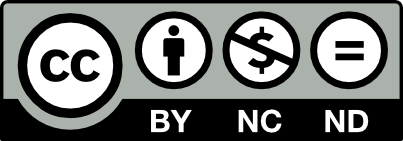La transparencia y el control internacional en el Acuerdo de París de 2015: ¿Un self contained regime?
Palabras clave:
Acuerdo de Paris de 2015; transparencia; control internacional; solución de controversias; responsabilidad internacional; self contained regimeResumen
Con los arts. 13, 14 y 15 del Acuerdo de París de 2015 y las Decisiones de la Conferencia de las Partes (CP/RA) que los desarrollan, se establece una compleja estructura institucional y procedimental con el fin de garantizar la transparencia y el control internacional en la aplicación y el cumplimiento de las disposiciones de este tratado internacional. En este sentido, en el art. 13 se regula el denominado marco de transparencia reforzado, que se debe hacer efectivo en primer lugar a través de un examen técnico por expertos, y a continuación mediante un examen facilitador y multilateral de los progresos en el seno de la CP/RA. En el art. 14 se prevé la elaboración del llamado balance mundial, dirigido a determinar el cumplimiento conjunto del Acuerdo de París por todas las Partes. Y en el art. 15 se establece un mecanismo para facilitar la aplicación y promover el cumplimiento de este tratado internacional. Falta por comprobar si ante la urgencia que presenta la respuesta ante el cambio climático, el funcionamiento de toda esta estructura institucional y procedimental permitirá que se alcancen los objetivos previstos en el art. 2 del Acuerdo de París. A fecha de hoy y como valoración provisional, cabe mantener una buena dosis de escepticismo al respecto.
Descargas
Descargas
Publicado
Número
Sección
Licencia
Derechos de autor 2024 Revista Electrónica de Estudios Internacionales

Esta obra está bajo una licencia internacional Creative Commons Atribución-NoComercial-SinDerivadas 4.0.



